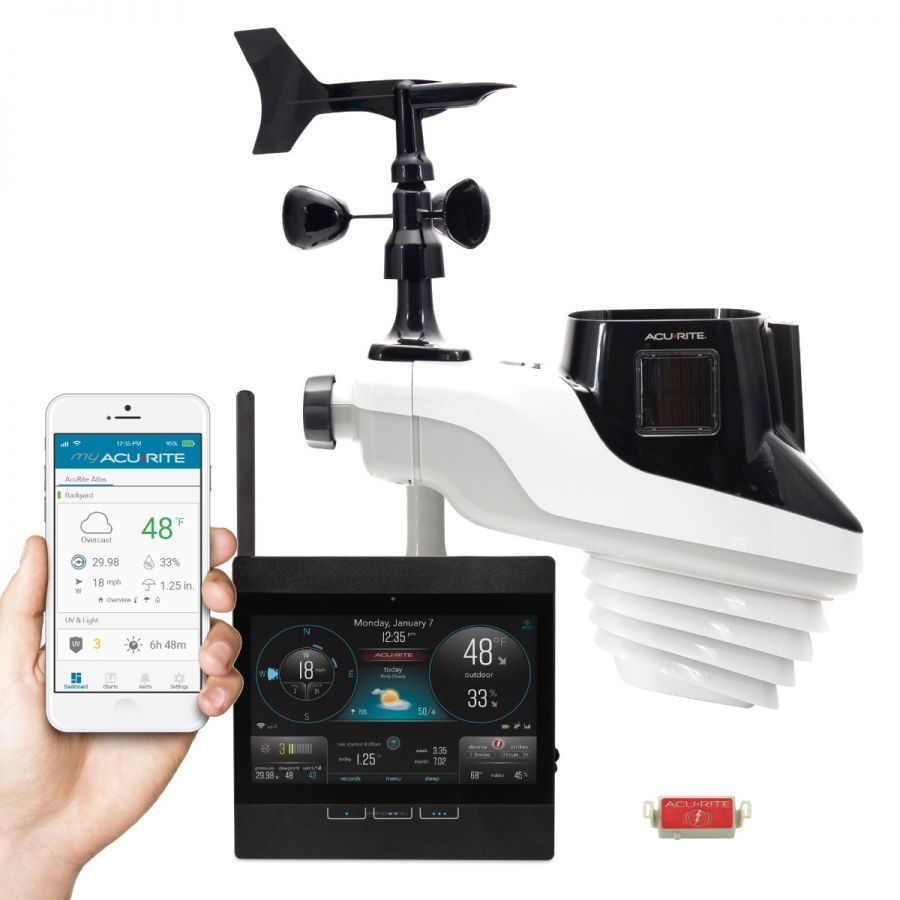The words “equinox” and “solstice” may sound exotic, but both date back to the earliest days of civilization. It is believed that elaborate structures like Chichen Itza and Stonehenge were built to track these natural events, which sometimes served as markers for certain holidays. Both the equinox and the solstice are important yearly milestones in meteorology as we track the annual march from spring’s tornadoes through the summer heat and hurricane season and across fall to winter’s icy winds.
What is a Solstice?
The Earth moves around the sun in a nearly circular orbit, but the Earth’s axis, the imaginary ‘stem’ around which it spins, is angled with respect to the sun by about 23.5 degrees. This orbital layout means one of Earth’s hemispheres gets longer days and warmer weather (summer) while the opposite hemisphere gets shorter days and cooler weather (winter). The cycle reverses every six months as our planet moves around the sun.
Winter Solstice and Summer Solstice — Same Idea, Opposite Effect
- The day with the highest solar angle at noon in the Northern Hemisphere is defined as the summer solstice; it’s the longest day of the year.
- The day with the lowest sun angle at noon in the Northern Hemisphere is defined as the winter solstice; it’s the shortest day of the year.
- The length of the day on either solstice depends on the latitude. A city above the Arctic Circle like Barrow, Alaska, has 84 days of continuous sunlight in summer, and a long stretch of darkness in the winter. The North Pole and the South Pole both get about six months of continuous light followed by six months of uninterrupted darkness. The length of the day in regions close to the equator changes only slightly through the year.

What is an Equinox?
The term “equinox” comes from the Latin for “equal night” because all locations on Earth have roughly 12 hours of daylight and 12 hours of darkness during the equinox. The equinox takes place halfway between the two solstices. Since the solstices are in June and December, the spring (vernal) equinox is in March and the autumnal (fall) equinox is in September. The sun is directly over the equator during the equinox.
The Earth’s Tilt and Weather
- The 23.5 degree tilt of Earth’s axis causes different regions of the planet to heat at different rates — cold air builds over the polar regions while hot air pools in the tropics.
- Massive low pressure systems like hurricanes and winter storms are directly related to wind patterns created by temperature differences between the tropics and the poles. So, Earth’s tilt drives the world’s weather systems.
Track the Sun’s Changing Intensity
The sun’s angle, sky cover, and length of the day control how much energy reaches the Earth’s surface. Dependable technology like the AcuRite Atlas® weather station offers a reliable and affordable way to pinpoint the solstice and the equinox. It also allows you to track how local weather systems impact the light intensity every day by monitoring hours of daylight, light intensity, and even UV index.
Fun and Educational Ways to Track Sunlight Changes
- See how passing clouds affect the incoming light intensity by tracking the light data yourself with the AcuRite Atlas. Predict how much difference a thin cloud will make in the light measurement versus a thick cloud. How close did you get?
- Monitor when the first light of morning or the last light of evening is detected.
- Note how passing storms change the light intensity.
- Measure how fog, dust, or smoke impact the light sensor’s reading.
- Note the length of the day on the summer solstice in June, then you can compare it to the length of the day on the winter solstice in December. How much does it change? Try comparing the spring and fall equinox in the same way. How do the equinox numbers change compared to the solstices?
The Angle Makes it Happen
The changing angle of the sun has a huge impact on our weather, and these changes have been tracked for thousands of years through solstices and equinoxes. The good news is that it can be fun to keep tabs on these shifts — instead of building huge stone structures, we can just open our My AcuRite® weather app and view the real-time data!


